Hip
- Anatomy
- Conditions
- Procedures
Hip Anatomy
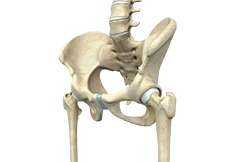
The hip joint is the largest weight-bearing joint in the human body. It is also referred to as a ball and socket joint and is surrounded by muscles, ligaments and tendons. The thighbone or femur and the pelvis join to form the hip joint.
Any injury or disease of the hip will adversely affect the joint's range of motion and ability to bear weight.
Hip Dislocation
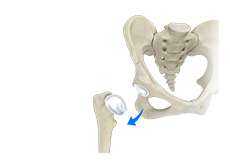
The hip joint is a ball and socket joint. The “ball” is the head of the femur, or thighbone, and the “socket” is the cup shaped acetabulum. The joint is surrounded by muscles, ligaments, and tendons that support and hold the bones of the joint in place.
Fracture of the Hip
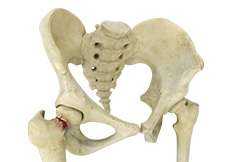
Hip Fractures are most commonly caused by falls. The risk for Hip Fractures increases with age. Older adults, especially those over the age of 85, are at the highest risk because of changes in bone structure and overall health. Medical complications from hip fractures can be life threatening.
Osteoarthritis of the Hip
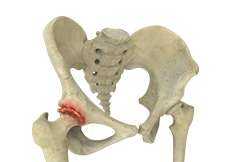
Osteoarthritis, also called degenerative joint disease, is the most common form of arthritis. It occurs most often in older people. This disease affects the tissue covering the ends of bones in a joint (cartilage).
Avascular Necrosis
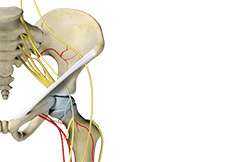
Avascular necrosis, also called osteonecrosis, is a condition in which bone death occurs because of inadequate blood supply to it. Lack of blood flow may occur when there is a fracture in the bone or a joint dislocation that may damage nearby blood vessels.
Hip Bursitis
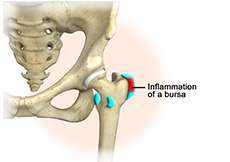
Hip bursitis is a painful condition caused by inflammation of a bursa in the hip. Bursae are fluid- filled sacs present in joints between bone and soft tissue to reduce friction and provide cushioning during movement.
Anterior Hip Replacement
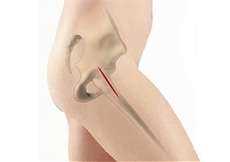
When you need surgery to replace a damaged or diseased hip, some orthopedic surgeons have advanced training to perform anterior hip arthroplasty, also known as the direct anterior approach to hip replacement.
Total Hip Replacement
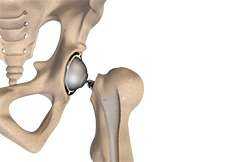
The hip is one of the most commonly replaced joints. The hip is a ball and socket joint. It allows us to move our legs and bend and straighten our body. Osteoarthritis, a type of arthritis, is the main reason for Hip Replacement Surgery.
Revision Hip Replacement
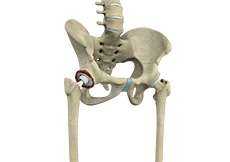
Revision hip replacement is a complex surgical procedure in which all or part of a previously implanted hip-joint is replaced with a new artificial hip-joint. Total hip replacement surgery is an option to relieve severe arthritis pain that limits your daily activities.
Minimally Invasive Hip Replacement – Arthroplasty
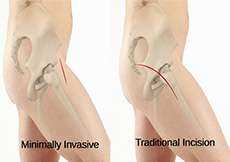
The hip is one of the most frequently replaced joints. Osteoarthritis, a type of arthritis, is the main reason for hip replacement surgery. Other conditions, including trauma, may also require the need for a hip replacement.
Bikini Incision Hip Replacement
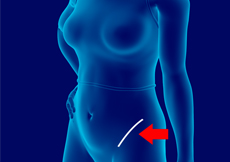
A bikini incision hip replacement is a minimally invasive hip replacement procedure in which the damaged hip joint is replaced with implants through a small diagonal incision made in the front of the hip. The surgical scar formed as a result of this surgical technique is small enough to be concealed by a bikini.
